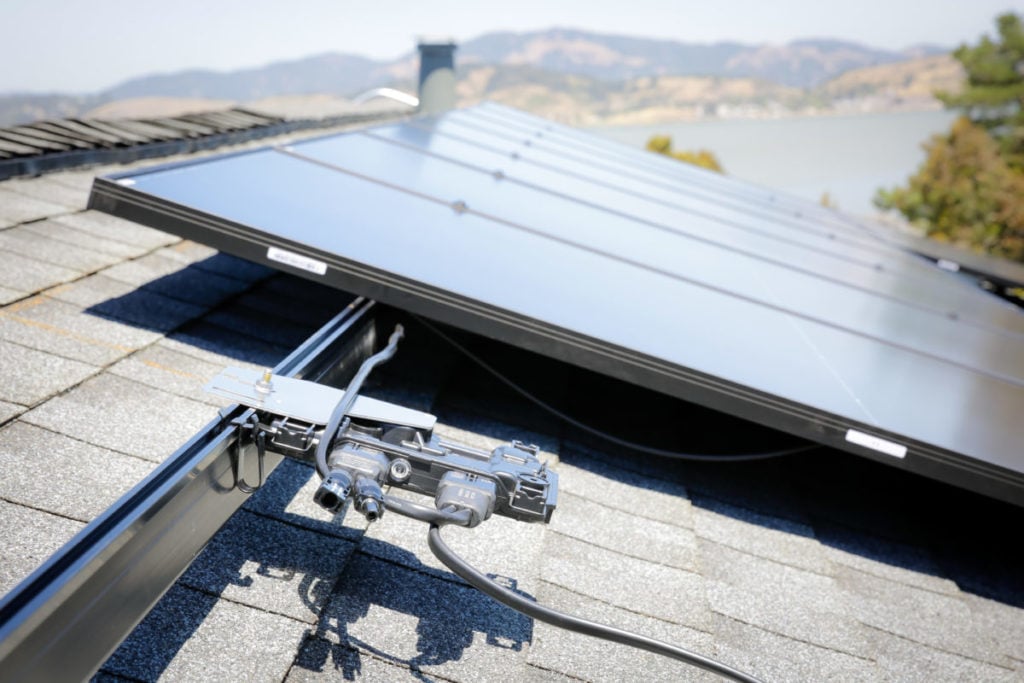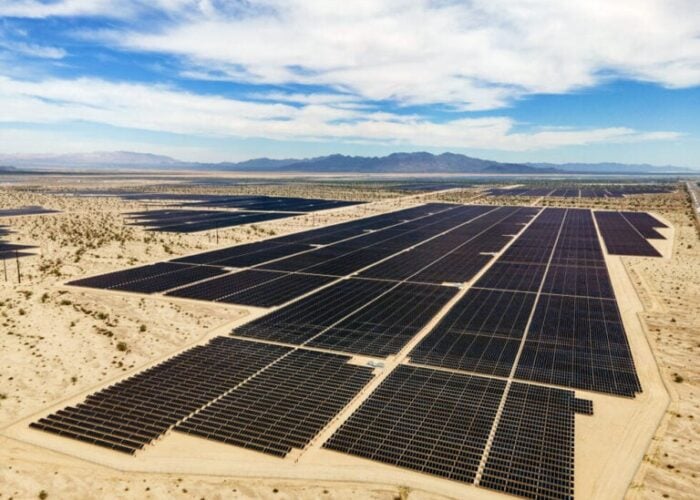
US-based inverter producer Enphase Energy has released a product that it claims can increase access to solar for legacy net energy metering (NEM) customers in California. This could provide a boost for the state’s recently fraught residential solar market.
The NEM 1.0 and 2.0 legislation—which was controversially reformed last year—was instrumental in growing California’s residential solar market to become the largest in the US, by some distance.
Try Premium for just $1
- Full premium access for the first month at only $1
- Converts to an annual rate after 30 days unless cancelled
- Cancel anytime during the trial period
Premium Benefits
- Expert industry analysis and interviews
- Digital access to PV Tech Power journal
- Exclusive event discounts
Or get the full Premium subscription right away
Or continue reading this article for free
However, since the adoption of NEM 3.0, total residential solar installations in California have fallen to their lowest rates since 2021 with knock-on effects for residential solar companies and their employees. A December 2023 report from the California Solar and Storage Association (CALSSA) predicted that the sector could lose up to 17,000 jobs as a result of the changes.
Enphase says that its new product, known as “Energy Systems,” allows NEM 1.0 and 2.0 consumers to add an additional, independent solar array to their property that directly serves their home without the ability to sell power back to the grid. Theoretically, this increases the ability to grow California’s residential solar capacity and increase its share of renewable electricity.
In an explanatory video, Enphase said that a legacy NEM customer with an 8,000kWh/year solar system and an annual consumption of 12,000kWh, for example, could install a 4,000kWh system to cover the portion of power they buy from the grid.
The company said that the solution had been approved by state utilities Pacific Gas & Electric (PG&E) and Southern California Edison (SCE), with a third—San Diego Gas & Electric (SDG&E)—“expected to follow suit”. Enphase added that the solution is compatible with its own inverter products and those from other suppliers.
The changes in the NEM 3.0 legislation slashed the repayment rates for excess solar power that prosumers sold back to the grid in favour of demand-based rates that incentivised selling power at peak times and, by extension, encouraged residential energy storage.
Additionally, NEM 3.0 imposed limits on how much customers could expand their existing residential solar systems if they were still grandfathered into NEM 1.0 or NEM 2.0.
Whilst sheer solar installations have fallen, installations of residential energy storage systems and solar-plus-storage systems have increased since NEM 3.0 was introduced. The US Energy Information Administration (EIA) found that over 40,000 new systems paired with energy storage were installed between October 2023 and April 2024, representing 232MW of energy storage capacity.
Residential companies’ fortunes
In a statement alongside Enphase’s release, Mike Thompson, CEO of Californian solar installer Golden Bear Solar, said: “Enphase’s expansion solution for legacy systems allows us to continue to maximise the value of solar for our customers as their energy needs grow.”
Bigger players in California’s residential solar market—and the US market at large—have seen their fortunes shift since the NEM 3.0 legislation came into force. California’s residential market is large enough that it has long been seen as a bellwether for the rest of the nation.
Most notably, SunPower announced bankruptcy last month. This followed a difficult 18 months for the company which it attributed in Q2 2023 to “prevailing market conditions”—part of which coincided with the introduction of NEM 3.0 into law. There were undoubtedly other factors at play in Sunpower’s collapse.
Californian residential solar company SunRun has also seen decreased revenues this year and has begun to shift its business towards a residential energy storage offering. This tracks directly with the incentive change that happened with NEM 3.0, and whilst SunRun’s shift was deemed successful by analysts at investment banking firm Evercore, it speaks to the general move away from the impressive solar expansions that characterised California.
Titan Solar Power and Lumio—both residential installers—have also announced bankruptcy in the last few months amid predictions of a nationwide downturn in residential solar, led by California.
Many more customers are assigned to NEM 1.0 and 2.0 than NEM 3.0, and additional capacity for these customers could have a tangible effect on California’s market, and the companies active in it.
Mehran Sedigh, senior vice president of sales at Enphase Energy said: “As we continue supporting our installers and homeowners in California, it is critical we offer solutions that are designed to maximise value, no matter what policy is in place.”






